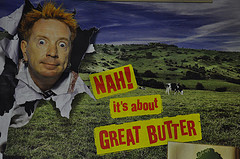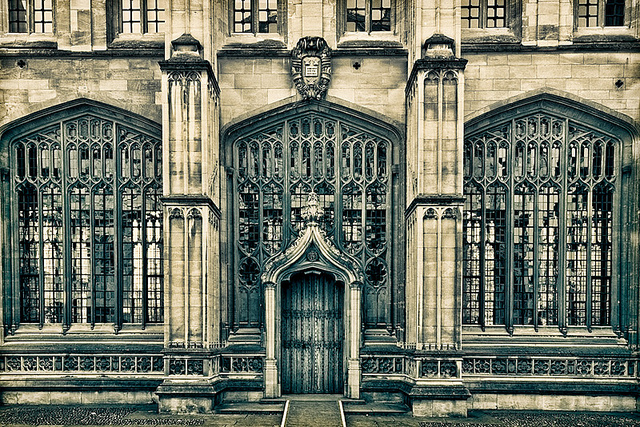The first weeks of February occupy the middle of Oxford University’s Hilary Term. They represent a busy time for students; the History Faculty Library’s self-collect shelves are heaving with off-site stack requests and there is rarely an empty seat in sight. Roughly speaking, this period also marks the midway point of the Bodleian Libraries Graduate Traineeship and now I feel more familiar with the library’s collections, I thought I’d use this space to share a few details about them.

There are a little over 80,000 volumes at the HFL, including 1100 books in the local history section and 3,500 ‘oversize’ books on art, architecture and archaeology. Yet, it’s the main lending sequence that accounts for the bulk of this figure. Spanning three floors, the majority of the books in this collection can be borrowed by anyone with a blue reader’s card. Theoretically, this means that every current member of the University has the opportunity to take home a sample of what the History Faculty Library has to offer.

Though it parted ways with 473 of its rare antiquarian books when it moved from the Old Indian Institute in 2012, the library still has approximately 1,000 pre-nineteenth-century volumes in its care. A portion of these are known as ‘set texts’, which are prescribed readings for undergraduates studying Joint or Single Honours History Degrees. In certain cases, the HFL has the only available copy these readings in Oxford, making the Set Text Collection in the Upper Camera a particularly important and unique resource.

The library further provides for the needs of students by responding to trends currently shaping the historical disciplines. Between March and June 2018, the library purchased just over 1100 books in the wake of a recent syllabus reform by the University’s History Faculty, whilst steps have also been taken to secure additional funding for pre-emptive purchasing in growth areas, such as global medieval history. The time spent processing these new acquisitions has been fascinating. All too often an intriguing title or profound idea has diverted my attention from the timely application of stamps and Tattle Tape. It’s a similiar story organising the New Books Display, though I think this is somewhat understandable given the premise of a few volumes in particular…

Joking aside, it has been exciting to witness an influx of research on previously neglected pasts. It seems historians are now asking more questions, about more things, than ever before. Welcoming the fruits of their labour to the HFL with a shelf mark, bookplate and dust-jacket cover has certainly been a therapeutic way to spend a quiet afternoon!
Adding to the breadth of the library’s collections, many of these new arrivals are inter-disciplinary in nature, made worthy of a position on the open shelves by virtue of their versatility. However, some more specialist works are sent directly to the off-site storage facility in Swindon, a decision predicated on a forecast of infrequent use. Here, they are kept safe in climate-controlled conditions under the watchful eye of the Head of the Bodleian Storage Facility, or BSF. Being so far removed from Oxford doesn’t necessarily mean these books won’t see a day in a reading room though. Despite the 80(ish) mile round trip, off-site items are never more than a few clicks away from being sent to a variety of Bodleian Libraries via SOLO.

Though comparably modest in size, the HFL certainly punches above its weight when it comes to provision. This is, in no small part, due to a concise and effective collection development policy which sees students and academics well catered for. Yet, as one of the Bodleian Libraries, the HFL is also aided by the logistical and technical support derived from the legal-deposit library’s infrastructure. The Bodleian’s network of reader terminals, dotted throughout the Radcliffe Camera and Gladstone Link, provide access to hundreds of thousands of e-resources, including eLegal-Deposit items. Additionally, the Radcliffe Camera’s status as a collection point for off-site stack requests puts the Bodleian’s vast reserves of print material at the fingertips of any HFL visitor. Though such a symbiotic arrangement might seem challenging, in this instance, it has proven to be a winning combination.
Ross Jones, History Faculty Library and Radcliffe Camera


![Vol. 01[1], t.4: Fraxinus Ornus](http://blogs.bodleian.ox.ac.uk/oxfordtrainees/wp-content/uploads/sites/133/2017/06/plasci002_aaf_0020_3.jpg)






Recent Comments